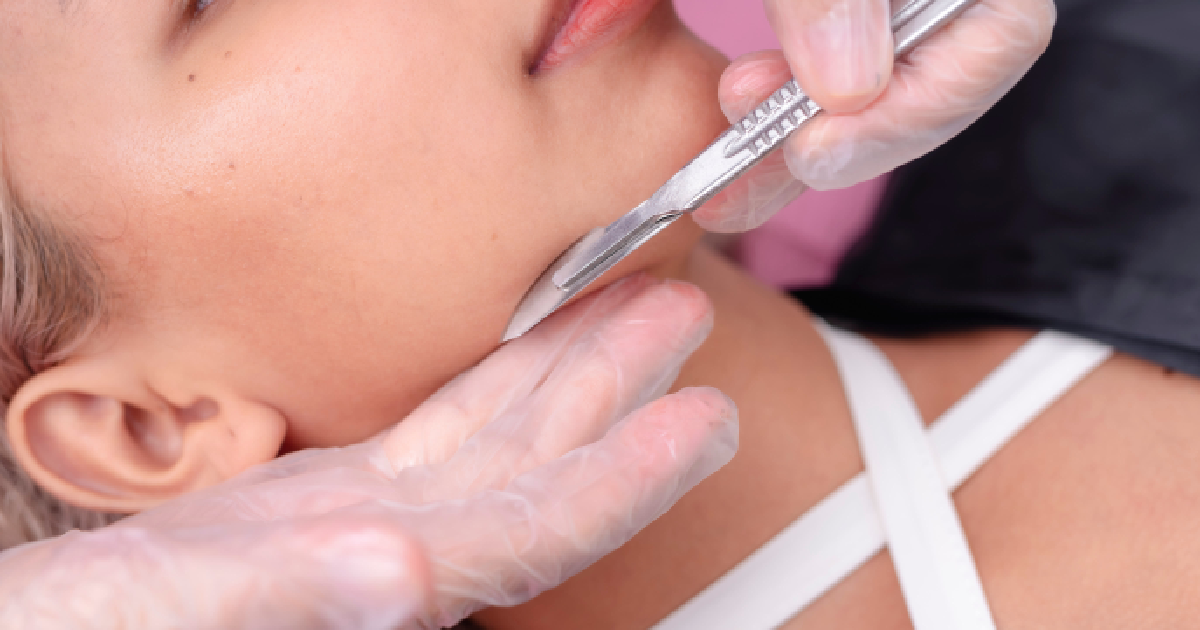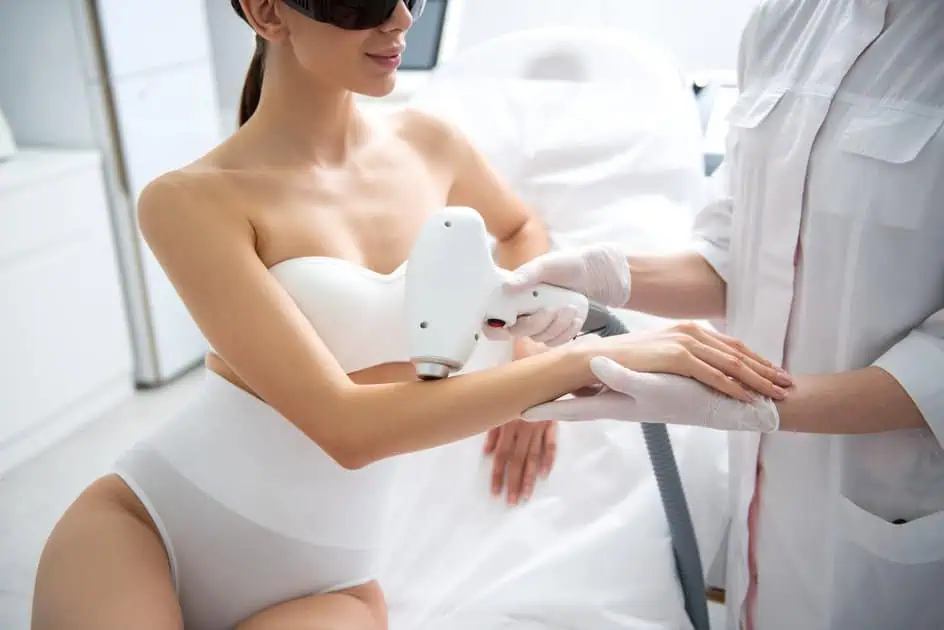You are starting to get varicose veins. A part of you is sad because you now feel uncomfortable wearing shorts or dresses out in public. The other part of you says, “No worries; it is only a cosmetic matter. I’m still healthy.” But little by little you start noticing other changes. Now, you’re having routine pain and swelling in your legs and feet, and beginning to experience leg cramps and itchy skin. If you find yourself thinking, “This is not normal” and “I should get some medical advice,” rest assured that you are not alone. It’s possible you are experiencing venous reflux disease. Typically this condition is not life-threatening, but it can adversely affect those suffering from it. Knowing what it is, how to prevent it, and what treatments are available can help prepare you for life with venous reflux disease. What is Venous Reflux Disease? Venous reflux disease is when your blood vessels and capillaries do not allow blood to flow back to the heart efficiently and adequately. This trouble is due to a decrease in blood flow from the lower extremities – your legs, ankles, and feet. Due to the inefficiencies of those veins, blood can begin to pool in some regions of your vessels and weaken the vein walls. This weakening stretches them out and causes them to bulge. When blood begins to collect in an area of the vein, valves close up to prevent the blood from flowing backward. Venous reflux disease can lead to varicose, spider, or reticular veins. The Symptoms Some of the symptoms attributed to the development of venous reflux disease or superficial venous insufficiency are: Cramping of the legs
Edema, which is the swelling of your legs or ankles
A weak or heavy feeling in your legs whether you are sitting or walking.
Increased itchiness in your legs
Discoloration of your skin, primarily around your ankles
The appearance of varicose, spider, or reticular veins
Venous insufficiencies occur in the calves, ankles, and even in your thighs. If a case is severe, venous reflux can also cause eczema or leg ulcers. Some of these symptoms are highly visible, such as varicose veins and edema. If you begin to notice some of these changes in your legs, rest assured that a doctor can do an evaluation and provide an adequate form of treatment. Doctors can also help you figure out what activities in your routine harm your veins to help you learn how to control the disease and your pain. Are You At Risk? Are You At Risk? Even if you currently do not have venous reflux disease, some people have a predisposition toward developing it in the future. Some of the risks include the following:
Family history of varicose veins
Obesity
Pregnancy
A history of blood clots or injuries to legs and ankles
A lack of exercise or a sedentary lifestyle
For many women, it is common for superficial vein reflux to occur during pregnancy because the amount of blood they have in their system increases to support the growth of the baby. Most of the time the varicose veins or spider veins you gain during pregnancy will go away postpartum. If you have had deep vein thrombosis or other blood clots in the past, they can weaken your vein walls and thus lead to issues with venous reflux in the future. Also, people who have to stand or sit for long periods without a chance to move around are at high risk. This includes jobs such as teachers, bank tellers, and receptionists. Venous Reflux Prevention There are a couple of ways to prevent this disease. While doing these things is not a 100% guarantee that you will never have it, there is a correlation between following these habits and the decreased appearance of venous reflux:
Exercising regularly
Being a non-smoker
Maintaining a healthy weight
Having continuous movement and being active can help improve circulation and it helps to tone up the muscles that you have in your legs. Having stronger leg muscles can improve the efficiency of returning blood from your legs to your heart. If you work in a profession that has you standing or sitting for long periods without much movement, try to move around at least every 30 minutes. Set a timer on your watch to remind you when it’s time to get up and go for a short walk around the office. Nicotine increases your risk of blood clots, thus increasing your chances of restricted blood flow back to the heart. Other chemicals found in cigarettes can thicken blood causing a wide array of issues as well. If you want to prevent venous reflux disease and keep your legs clear of varicose and spider veins, stop smoking. Treatments Available Treatments Available From medicines to compression socks to surgery, there is a wide range of treatments you can try to help lessen your venous reflux disease. The type of treatment you will receive depends on a couple of factors:
Your current age and health history
Severity of symptoms
Allergies to medications or lack thereof
Based on the information to address the above criteria, your doctor can discuss possible treatment options with you. Some of the following are conventional treatments:
Wearing compression tights or socks – Compression stockings put pressure on your legs, thus reducing inflammation and improving circulation.
Sclerotherapy – This treatment is common for severe cases. Doctors inject a chemical into damaged veins. It causes them to scar and prevents them from carrying blood. Blood can then pump through healthy veins. Over time, your body absorbs the scarred, defunct veins.
Improving blood flow – This includes elevating your legs as much as possible throughout the day, avoiding crossing your legs, and exercising as consistently as possible.
Maintaining a healthy weight and reducing the amount of salt you eat can also help in the treatment of venous reflux disease and the lessening of symptoms. Come See Us Getting an expert to evaluate you and setting up a treatment plan is vital to keeping this disease at bay and preventing future symptoms. Our staff is available to answer your questions and address your concerns, and we offer free screenings. Come and see us and find out how you can start feeling like your usual self again with no more leg pain, swelling, or discomfort.






